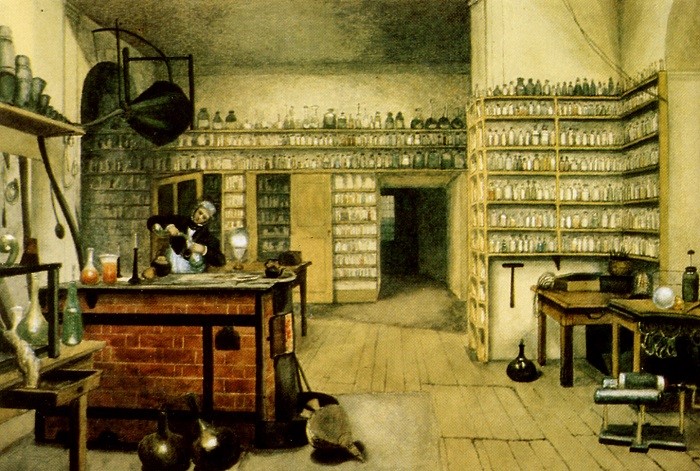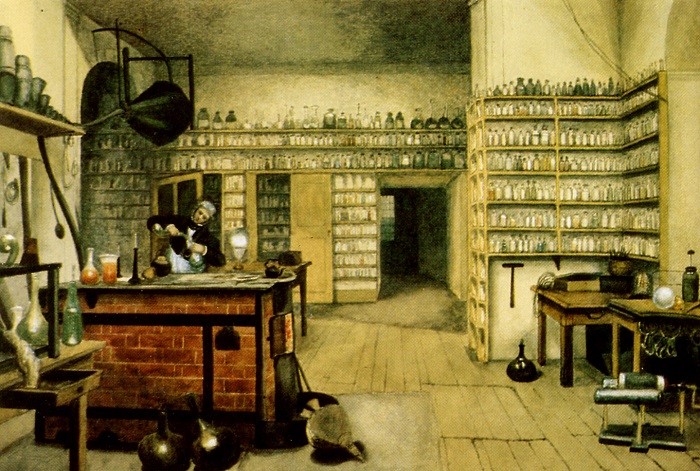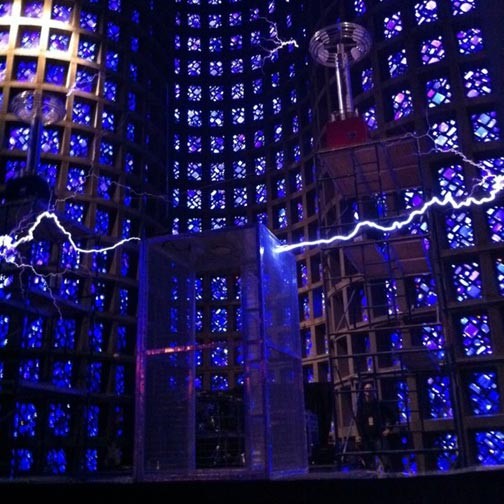

You know you’ve left your mark on the world when you have a scientific law named after you. Such is the case for Michael Faraday (1791-1867) whose 225th birthday we celebrate today.
Faraday’s law of electromagnetic induction, of course, is well known to all of us in the electric engineering world, describing how an electric current produces a magnetic field and how a changing magnetic field generates an electric current in a conductor.
It’s nearly impossible to overstate the significance of Faraday’s discovery. Magnetic induction makes possible the electric motors, generators and transformers that form the foundation of modern technology. Before Faraday, we were a steam-powered, animal-powered, wind-powered civilization. Afterward, we learned how to move almost anything, no matter how big or small, by flipping a switch and running electricity through a coil.
No discussion of Faraday’s law of induction is complete without mentioning Clerk Maxwell. Despite his many and significant discoveries, Faraday’s genius did not include math, due in part to his humble upbringing as the son of a blacksmith and his lack of any sort of formal education.
In 1846, Faraday hypothesized that light itself is an electromagnetic phenomenon, but because Faraday couldn’t support the notion with mathematics, it wasn’t taken seriously. Enter Maxell, a Scottish physicist who developed equations to explain the relationship between electricity and magnetism, essentially uniting them into a single electromagnet force, and describing electromagnetic waves that make up radio waves, visible light, and X-rays. In order words, the foundation for our radios, cell phone and Wi-Fi.
The discoveries that led to Faraday’s law were the outcome of research into electricity and magnetism he began in 1821. Building on previous work with magnetic fields, Faraday was able to transform electrical energy into mechanical energy, inventing the first electric motor. In 1831, he wrapped an iron ring with two separate wire coils, and observed that passing an electrical current through one wire also resulted in a current passing through the second wire. Going a step further, he also discovered that passing a magnet over the coils generated an electrical current.
Building on his previous work in chemistry, Faraday found that he could disturb the bonds holding molecules together and cause them to interact in new ways. He found that some substances tended to act as either “conductors” — through which electrical current can flow freely — or “insulators,” which are highly resistant to the flow of current. Faraday, in the course of his work, coined now-familiar terms like “ion,” “cathode,” and “electrode.”



Watercolor of Michael Faraday in his lab.
While certainly impressive, these significant discoveries were far from the extent of Faraday’s work. Other notable discoveries included:
1823: Gas liquefaction and refrigeration – Faraday was able to show that that mechanical pumps could transform a gas into a liquid. The liquid could then be evaporated, cooling its surroundings and the resulting gas could be collected and compressed by a pump into a liquid again. This is the basis of how modern refrigerators and freezers work.
1825: Discovery of benzene -- Faraday discovered benzene in the oily residue left behind from producing gas for lighting in London
1836: Invention of the Faraday cage -- Faraday discovered that when an electrical conductor becomes charged, all of the extra charge sits on the outside of the conductor. This led to development of Faraday cages which are still used today to shield contents from static electric fields and EMI radiation (think EMI compliance testing). Microwave ovens use a reverse effect to trap waves within a cage.



Example of a Faraday cage
Faraday has been called the “best experimentalist in the history of science.” When you drive home in your electric car tonight – or just crank over the starter in your conventional car or truck – be sure to say thanks to this great yet generally under-appreciated scientist. We can all learn a few lessons from Faraday about never settling and always experimenting.


